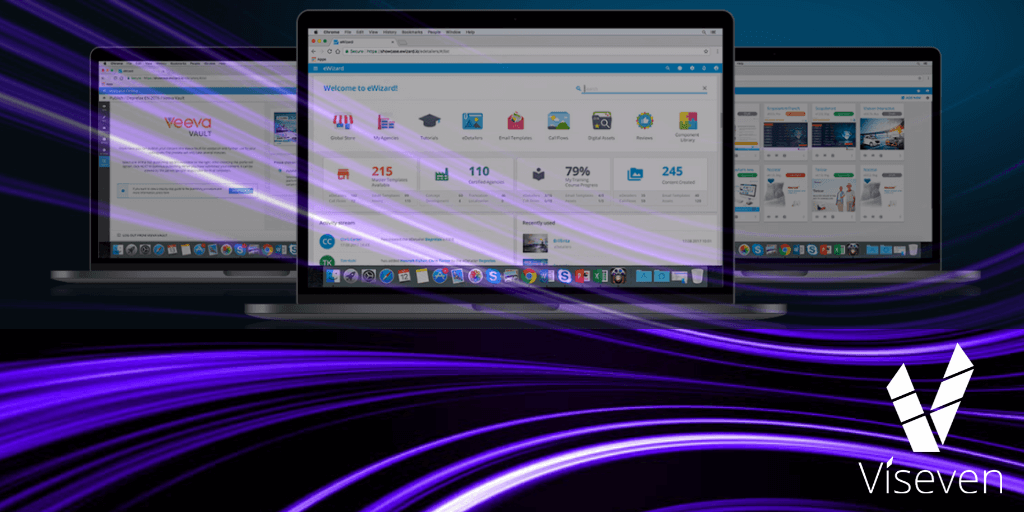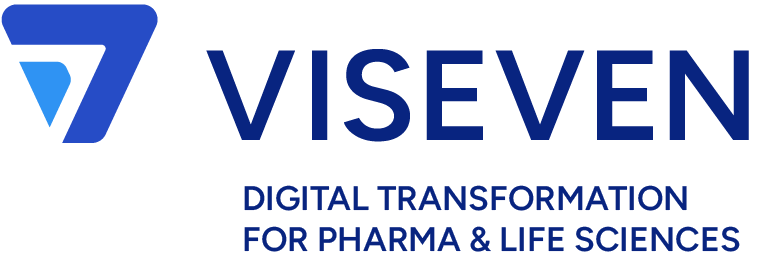Top 7 visual design trends in 2020 for life sciences content

Technologies are getting closer…
Most things are getting simpler…
The screens of smartphones are getting bigger…
The font types are switching to a more minimalistic look yet more visible…
Today we care less about how much data is placed on screens but instead how readable this data is.
Mobile technologies are running into play so rapidly and widely. People start thinking through the lens of their smartphones, using apps almost for all purposes. No matter whether they need to buy clothes at an online shop, order a pizza, or check their blood pressure; many a person has a smartwatch to track their heart rate, check how fit they are, how much calories were burnt, etc.
What about the design and its trends? Which ones are going to dominate 2020?
A lot about the way life sciences content is designed is being changed. The secret to knowing what trends will come into play is through looking at technologies and seeing their development. Design is something that goes hand in hand with the world of innovations. Virtual and Augmented reality is changing the way we see and understand the concept and sense of graphic design in general. It means that designers can start creating limitless experiences in the virtual world. All that’s left is to do research, gather that knowledge, and design content accordingly.
What are the most prominent design trends for the life sciences content of 2020? Let’s stay ahead of the curve!
Impressive branded animations
These should become the #1 priority for pharma and life sciences content designers to fresh up customers’ perception and make a brand memorable.
Animations are proven to increase conversion rates by 20%. They turned out to be the perfect choice for pharma marketers to boost their content strategies. If a company creates its own animated videos, a brand message would be addressed more firmly.
Shapes and Compositions: open, soft and flow
In the upcoming year, hard angles and rigid geometric shapes are going to be replaced by more abstract, flowing, and broader lines and forms.
Flowing, warm figures and lines along with wide open compositions can help create unique and natural design look and feel. At the same time, such openness makes people concentrate more on the content itself. Flow and minimalistic compositions do not distract from the message your design aims to deliver.
Heavier Typography – Simpler Fonts
Here’s a tendency; something we are turning to of the previous years. Fonts are getting bolder (or extra bolder) and would be broadly used in life sciences content design. Well, they might look a bit heavy.

However, such weighty fonts make the message more precise and accelerate its impact across channels (especially in contrast with a deep gradient background).
When it comes to font size and type, what should we focus on now? Right, screens. Smartphone screens are smaller than the ones of PCs (to which we’ve gotten acquainted). While designing, we need to keep in mind how the content would be read on a screen. Colors, size, font type… In 2020 and beyond these will matter more than in earlier years.
Unique illustrations – Floating elements
The year 2020 is going to be more about minimalism, simplicity, and abstract imagery.
When it comes to website content design, more natural and realistic illustrations would be the right choice. Accurate, positive pictures with no exaggeration, just more simplistic, and real.
Backgrounds gradients
Backgrounds will be placed on the spot in 2020. Gradients are something that helps customers keep glued to your content, something that catches an eye and leaves more impression, delivering a message faster.
Gradients can add more profound complexity and serve as a background to the whole composition.
Warmer color palettes
Life sciences content designers are switching towards warmer color palettes, and less vibrant. Muted or metallic colors will dominate, especially in typography, lettering, and image design. When it comes to color choice in graphic design, the past becomes the future.
New Generation of three-dimensional images
We are at the dawn of a new 3D era. The development of AR and VR technologies made a huge impact on graphic design. In 2020 we will see more in-depth 3D visualizations.
VR headsets, VR Goggles, Glasses for 3D Video, etc. are changing the way people interact with the pharmaceutical and life sciences brands. Short 3D imagery is adding real texture and conveying a unique atmosphere.
Best healthcare website design
Below are the best practices of healthcare and pharmaceutical website design to follow. What makes life sciences and pharma websites so good? Let’s see:
- Robust website search features
With quality website design, you can enhance the performance of your website, generate more leads, and get higher revenue.
Compelling website search features need to contain in-depth information for specific groups of HCPs or patients, depending on their needs, requirements, and content expectations.
- Easy navigation
The healthcare content should be designed in a way fully packed with all necessary data but not in a chaotic and overcrowded manner. The design approach should be the one that allows easy navigation through various blocks of information.
Keep the design as transparent as possible to make an excellent user experience.
- Data accessibility
Highlight key information. Always. It should be visible to visitors. Make them get what they want quickly. The healthcare data should never feel cluttered.
- High-quality imagery
Visual content plays a pivotal role in customer engagement. High-quality imagery that is pleasing to the eye attracts visitors to healthcare websites, especially when they are used throughout the design.
Too often, visual data is perceived better than text-based content. According to statistics, 65% are visual learners, 90% of the information that comes to the brain is visible, and interactive presentations are 43% more credible.
- Compelling website videos
As the research shows, a video on a landing page increases conversions by 86%. Videos are the best way to tell a story and communicate your brand, making it more memorable.
It’s how you can make your pharma brand storytelling more trustworthy and keep your audience engaged.
- More health-related content
Healthcare professionals and patients might need to be presented with precise details. The same goes for the design style – it should be uplifting and complex.
- Patient reviews and feedbacks
Let your healthcare website tell true stories with real people in real circumstances.

Viseven experts will share the essential tips towards creating the perfect design for your eDetailing, email templates, and localization, as well as unveil more about mobile applications best practices in healthcare. Here you can explore the unique benefits of top content authoring solution. Let 2020 be the year of digital success.
Let’s get started



